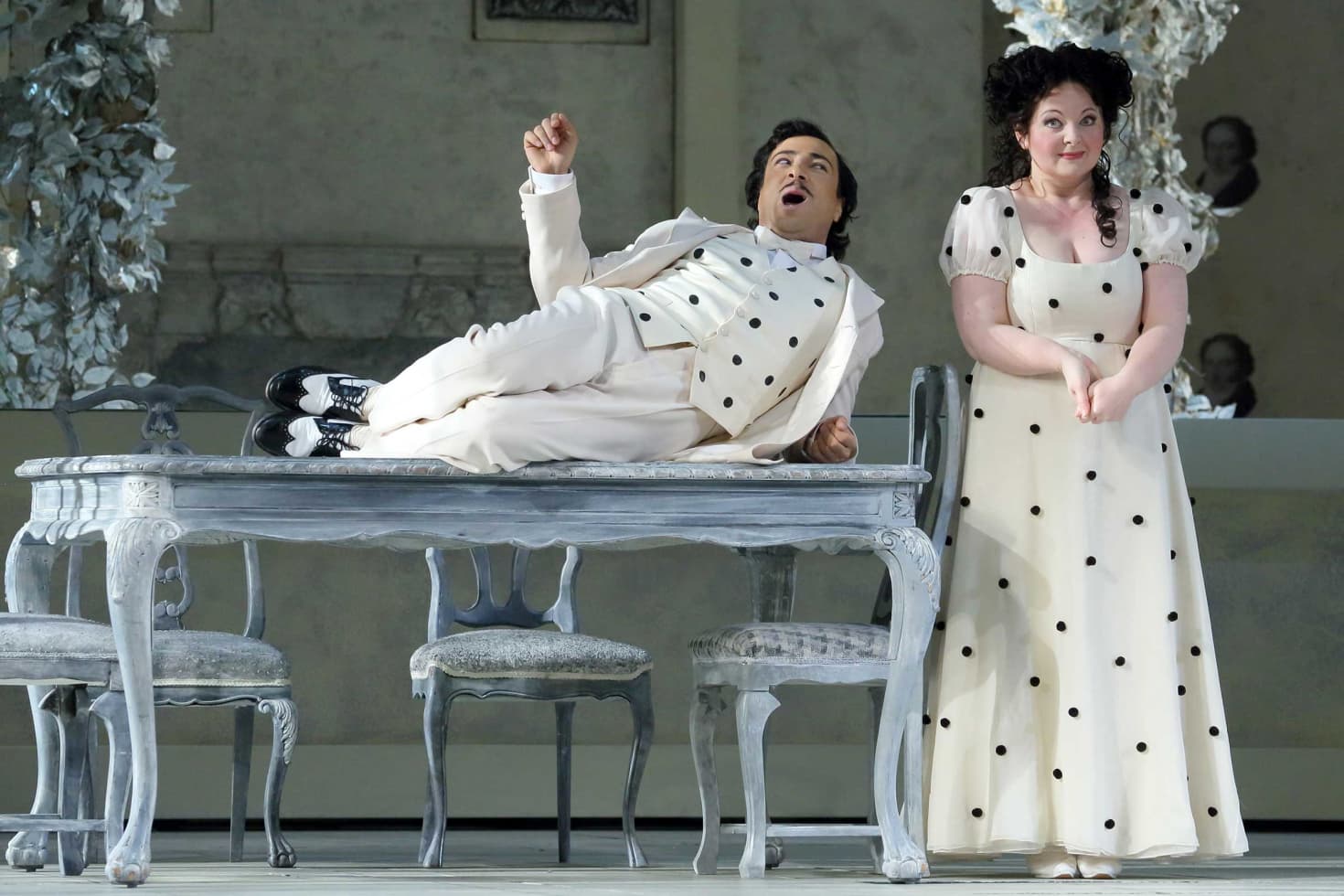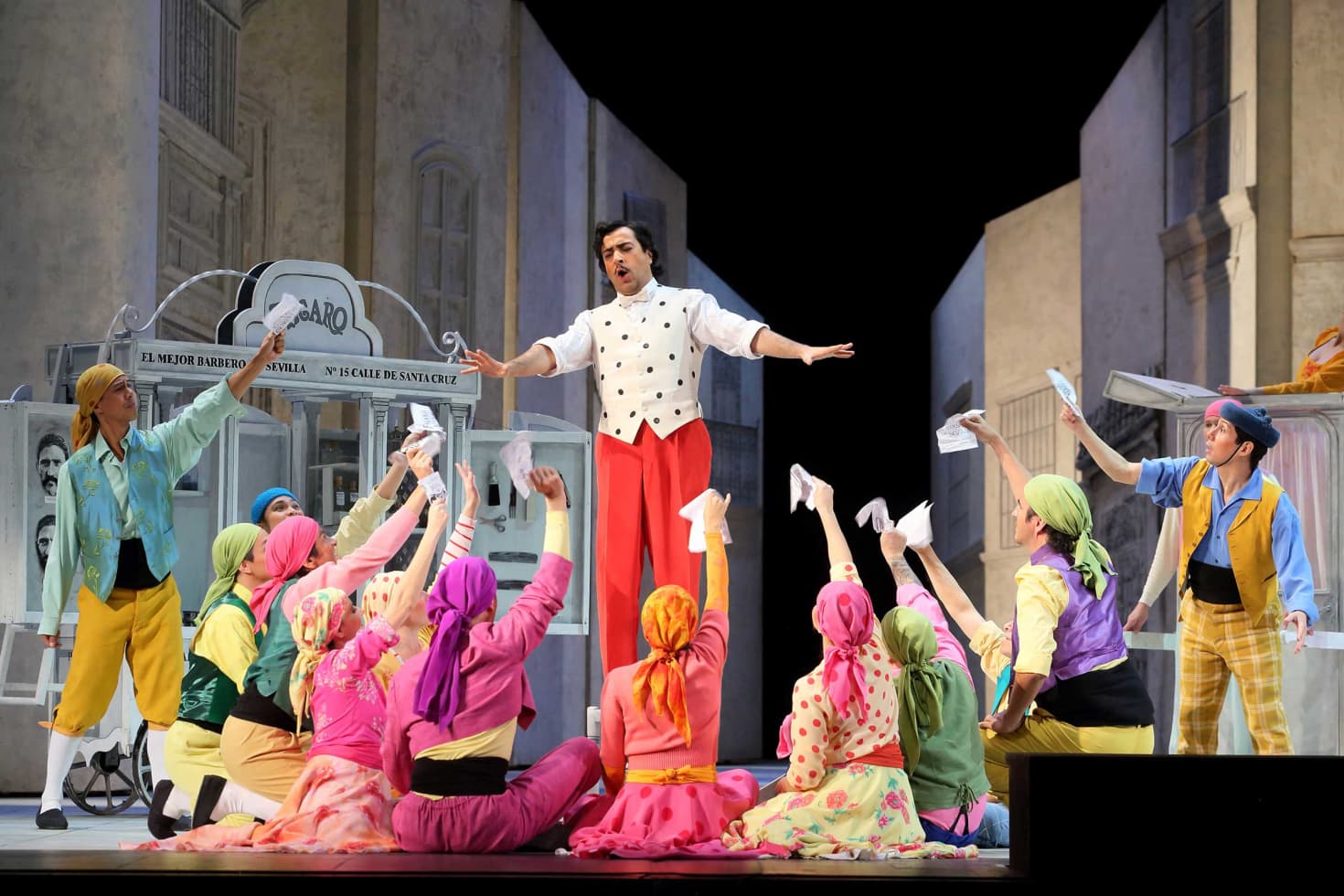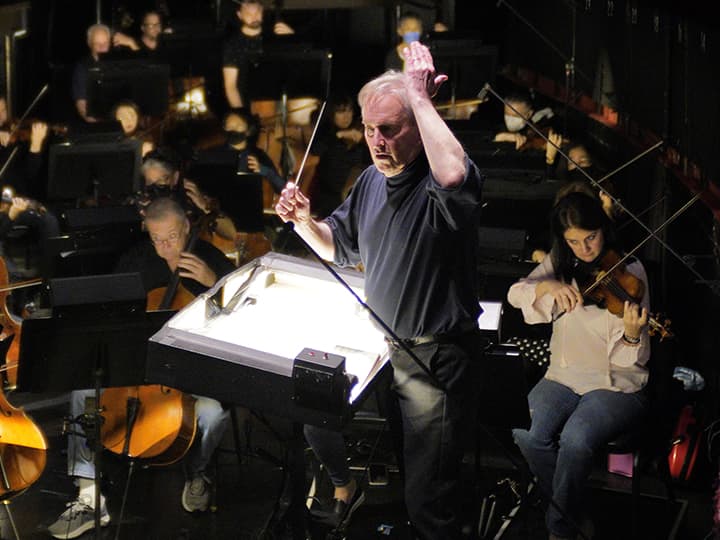The Barber of Seville: A Note from Music Director James Conlon
First published: February 28, 2015. Revised: June 20, 2020.
“La musica ai miei tempi era altra cosa…” (“Music in my time—i.e., in the olden days—was different…”) declares the ever grumpy Doctor Bartolo in the second act of Gioachino Rossini’s The Barber of Seville. Much had changed in the short space of time that separated the composer’s birth from his auspicious entrance on the world stage. The prodigious and precocious genius of the man who revolutionized Italian music in the first half of the 19th century both advanced and reflected societal changes in European life. The French Revolution had opened “serious” operatic art to the emerging middle class. Now the aristocracy, abolished in France and threatened elsewhere, would no longer be the sole arbiter of artistic values and tastes.
Rossini, born two years after that Revolution and during the terror that followed (February 29,1792), was far away in Italy. As he grew, he so admired Haydn and Mozart that as an adolescent he was nicknamed “il tedeschino” (the little German) at his music conservatory in Bologna. He essentially absorbed the Apollonian grace, architectural perfection and ebullient sense of humor of his Austrian models. But though far away geographically and culturally, the shock waves of the events in France were felt and absorbed.
With Rossini’s Barber, we are no longer in the court theater, but in the popular sphere that issued from that Revolution. The characters, often personifications of nobles in all walks of the socially structured past, were now treated as equals. Instead of the fearful respect and obsequiousness to which they were accustomed, members of the declining aristocratic class were now subject to ironic and comic denigration. Offsprings of the middle class (like Rossini) could more freely harpoon whom they wished.
Musically, Rossini started where Mozart and Lorenzo da Ponte had left off in The Marriage of Figaro, creating his own impudent brand of opera buffa (comic opera). Maintaining their tongue-in-cheek humor, both composers render Count Almaviva’s moral failures transparent. The Count’s long-suffering and virtuous wife Rosina is profound, sympathetic and truly noble in Mozart. She is portrayed by the post-Revolutionary Rossini, in her pre-nuptial state, as more youthful, saucy and irreverent.

(Photo credit: Craig T. Mathew)
Figaro is not merely a factotum (a term of mild disdain for the pre-Revolution jacks-of-all-trades who scrambled for their subsistence). He is now the “homus novus,” the new man of the 19th century. He incorporates the emerging respect for entrepreneurial spirit in which goods and services are sold for recompense. The self-made man can claim respect hitherto reserved for the privileged hereditary class.
Figaro is a new hero, a servant in The Marriage of Figaro but still a free man in The Barber of Seville. Figaro (“fils de Caron,” i.e., Beaumarchais) is, in fact, the author, so thinly disguised as to be unmistakable. Barber can be said to be quintessential opera buffa. It incorporates a lighthearted version of another popular genre: the rescue opera. Rosina, an orphaned (possibly illegitimate), beautiful and sympathetic young lady with a dowry, is like a fairytale princess confined in a castle by an ogre. That ogre is Doctor Bartolo, an elderly, cantankerous doctor and lawyer, who wishes to marry her for her dowry. He would coincidentally win a young and beautiful wife, one who would typically be out of reach for a man of his age and charmless personality. Beaumarchais’ thumbnail description of the plot reads something like this: a young determined man is shown to outwit an old determined man in winning a young bride.
Figaro is the spirit of invention and wit that helps the young Count marry Rosina and, as such, becomes our hero. His wily self-confidence is put to the service of a good cause: bringing together two young lovebirds. He wins employment for life with the Count, and they bind themselves to each other in a comic (for us) co-dependency, which plays out in the two sequels to The Barber of Seville.
Rossini has created a masterwork that is sophisticated and subtle, its energy and inspiration never lacking. Its humor can be appreciated by all ages and is especially accessible to children.
In that regard, I would like to add a personal note. The Barber of Seville is the work that made me decide to become a classical musician. It was the second opera I saw, and that experience remains in my mind as the epiphany that was to define my life. So obsessed was I, that I asked for piano lessons so that I could play the opera at the piano. (I had no idea then how difficult that was.) The following summer, at the age of 12, to occupy and distract myself from my grandfather’s death (the first such significant loss in my life), I browbeat my friends into mounting a very simple production of The Barber of Seville, performed in my piano teacher’s garage with the audience seated lengthwise in the driveway. It was an embryonic experience of my future: teaching the music, directing the stage, producing from nothing, raiding junk in attics to serve for costumes, scenery and props and finally singing (though only in a manner of speaking) the role of Count Almaviva.

(Photo credit: Craig T. Mathew)
Objectively it was probably excruciating to hear and behold, but we were all delighted with our modest creation. Two years later we repeated it, this time in a proper theater on an only slightly higher level. By the following year, all of the boys’ voices were changing and nobody could sing anymore. So, we moved on to a work by Beaumarchais’ predecessor and model. We produced Molière’s The Hypochondriac, and thus I enjoyably began and ended my career as a theater director.
Anything that had to do with Figaro interested me. I found a recording, and eventually a score, of the first operatic Barber (premiered in 1782, only seven years after the original theatrical Barber was first produced at the Comédie-Française), composed by Giovanni Paisiello. I loved this too. This is a minor masterpiece of its time. It has been understandably obscured by Rossini’s Barber (whose premiere was marred by the demonstrative disciples of Paisiello, by then a venerated Neapolitan master), but it remains unjustifiably overlooked. Paisiello’s Barber premiered in St. Petersburg and Mozart knew it well. On Paisiello’s return to Italy via Vienna, the two composers probably met. The traces of Paisiello’s work in The Marriage of Figaro are clearly discernible.
I could not wait to conduct both Barbers, and so I did: Rossini and Paisiello, in 1973 and 1976 respectively. Life plays strange games and, incredibly, I never conducted either again. It was not until 2015 however, that I was finally reunited with them, thanks to “Figaro Unbound,” the Beaumarchais Trilogy and LA Opera.







